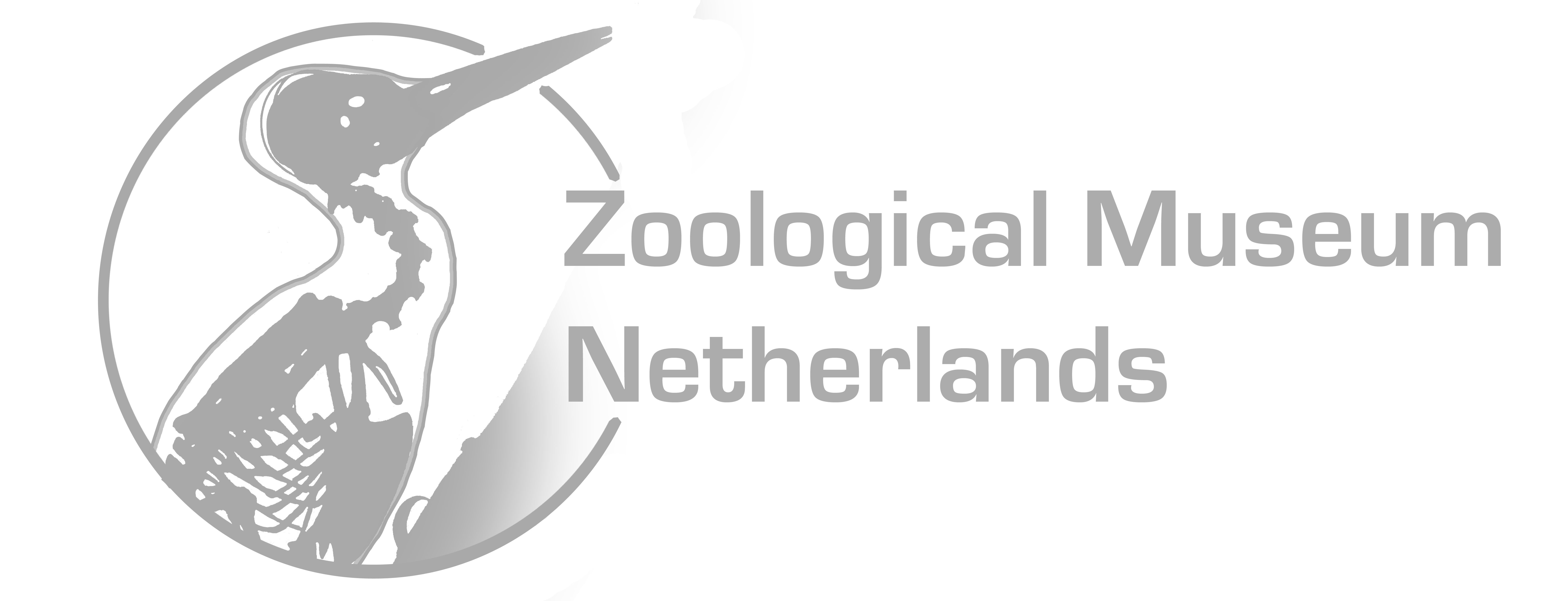Museums have collections of which typically a selection of certain parts is exhibited. This museum is not different in this respect to most other museums. However, where most other musea exhibit objects, Zoological Museum Netherlands harbours an online collection of illustrated stories, telling the tales of animals and how they interact with their surroundings. We aim to open a museum building in the near future in which we can physically receive visitors to share our stories with.
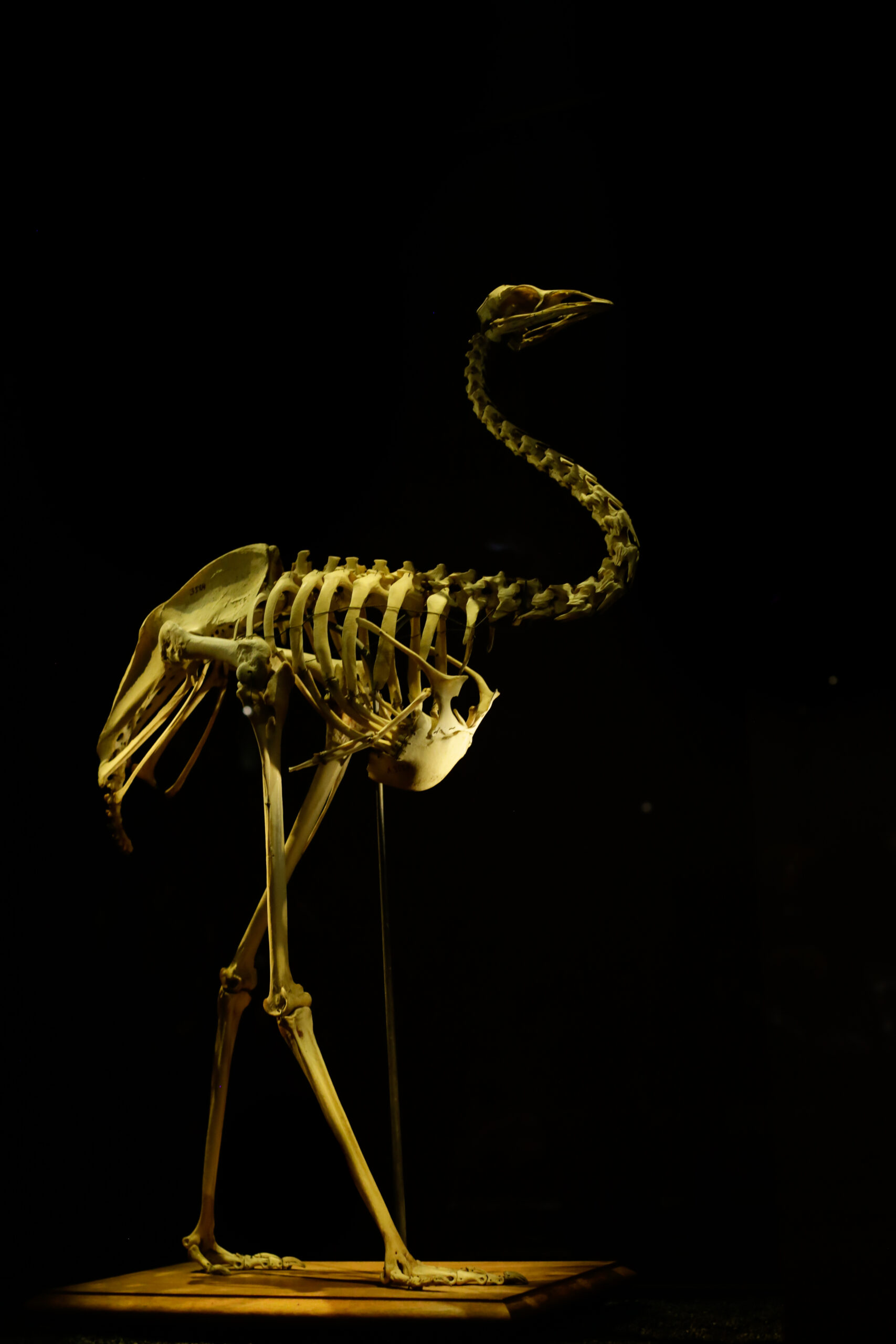
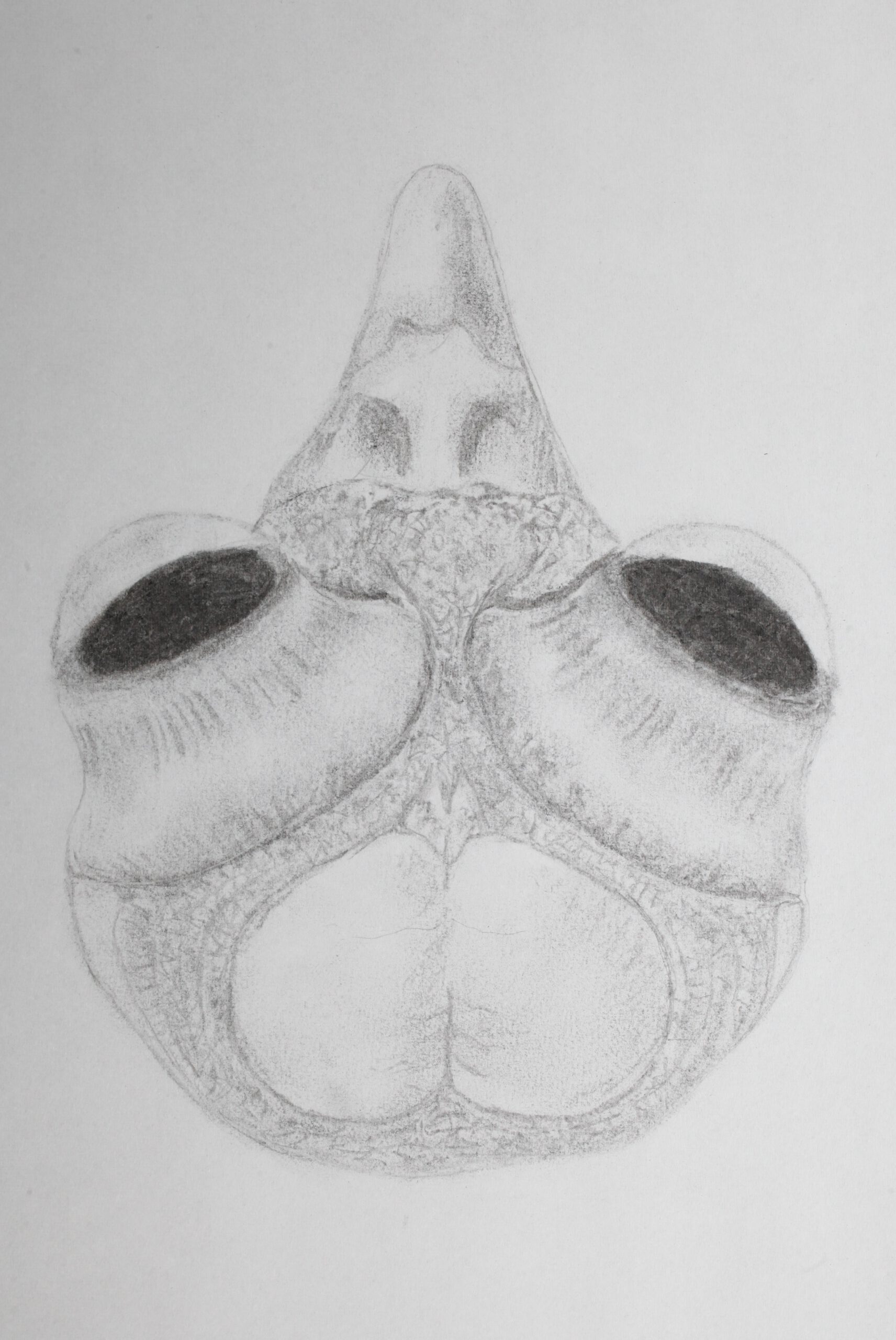
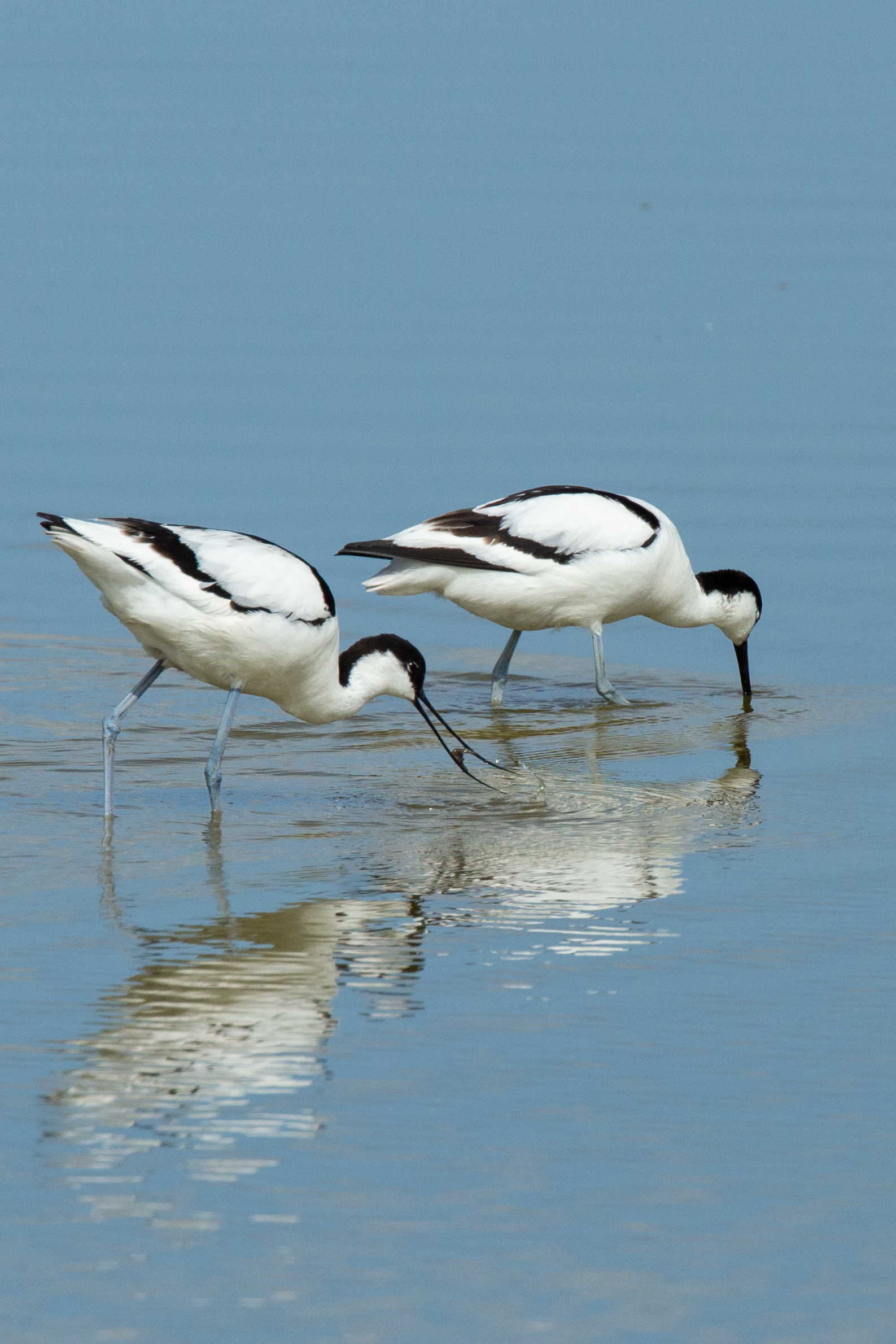
Even for relatively well-known groups like birds, mammals, reptiles and amphibians, many of these stories thus far remain untold and still need to be explored and integrated with existing science. At this museum, showcasing animals and research go hand in hand.
As the museum focuses on aspects of the animal body that reflect special skills to survive, thrive, and reproduce, the relationships with the typical environment in which the animals live are crucially important. Therefore, animals are presented within the context of their habitat, collected into biomes (ecological zones) such as ‘marine’, ‘forests’, or ‘deserts’. These biomes are the starting point for most visitors and include a brief overview of typical challenges and opportunities for animals, interlinked with characteristics of the environment.
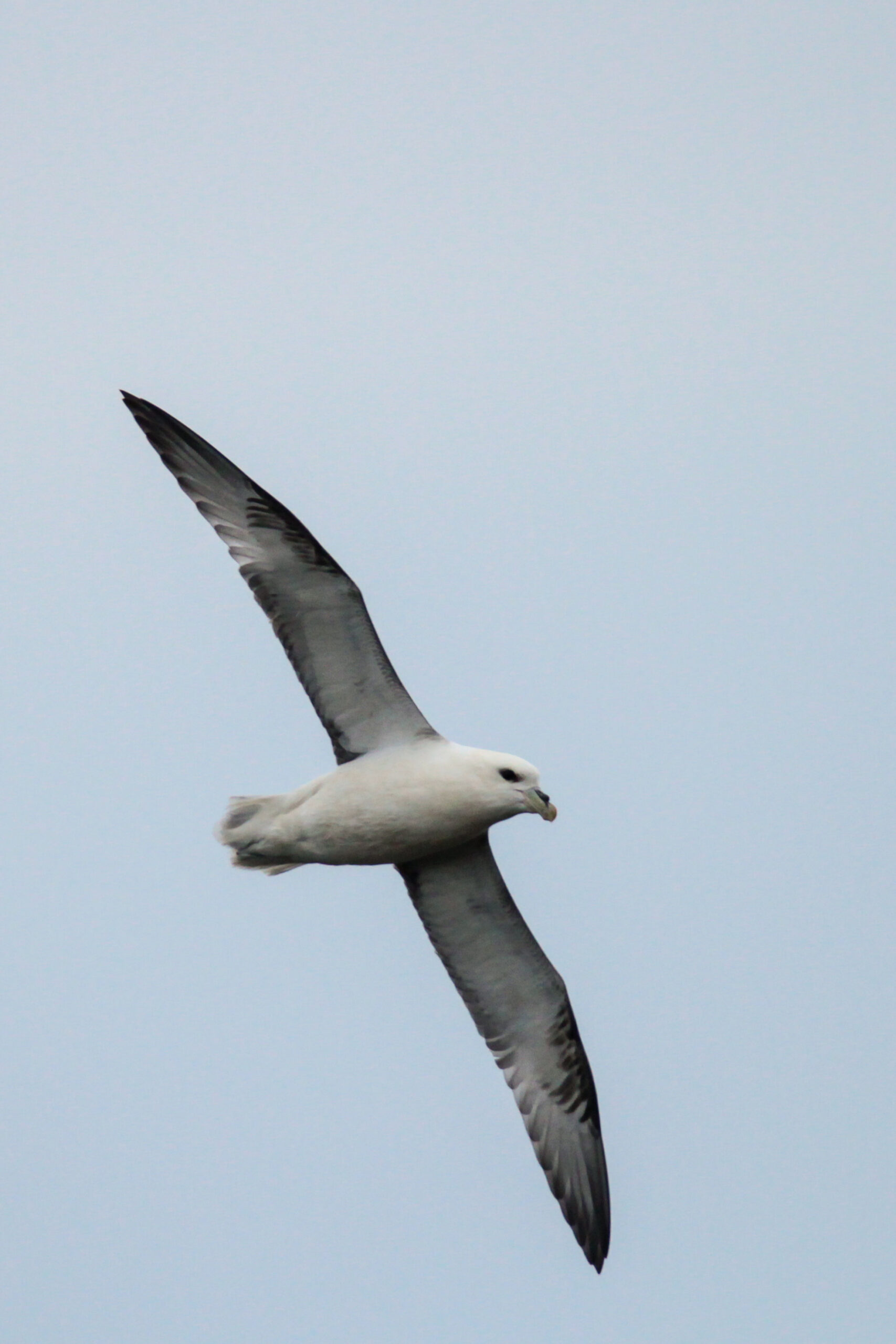
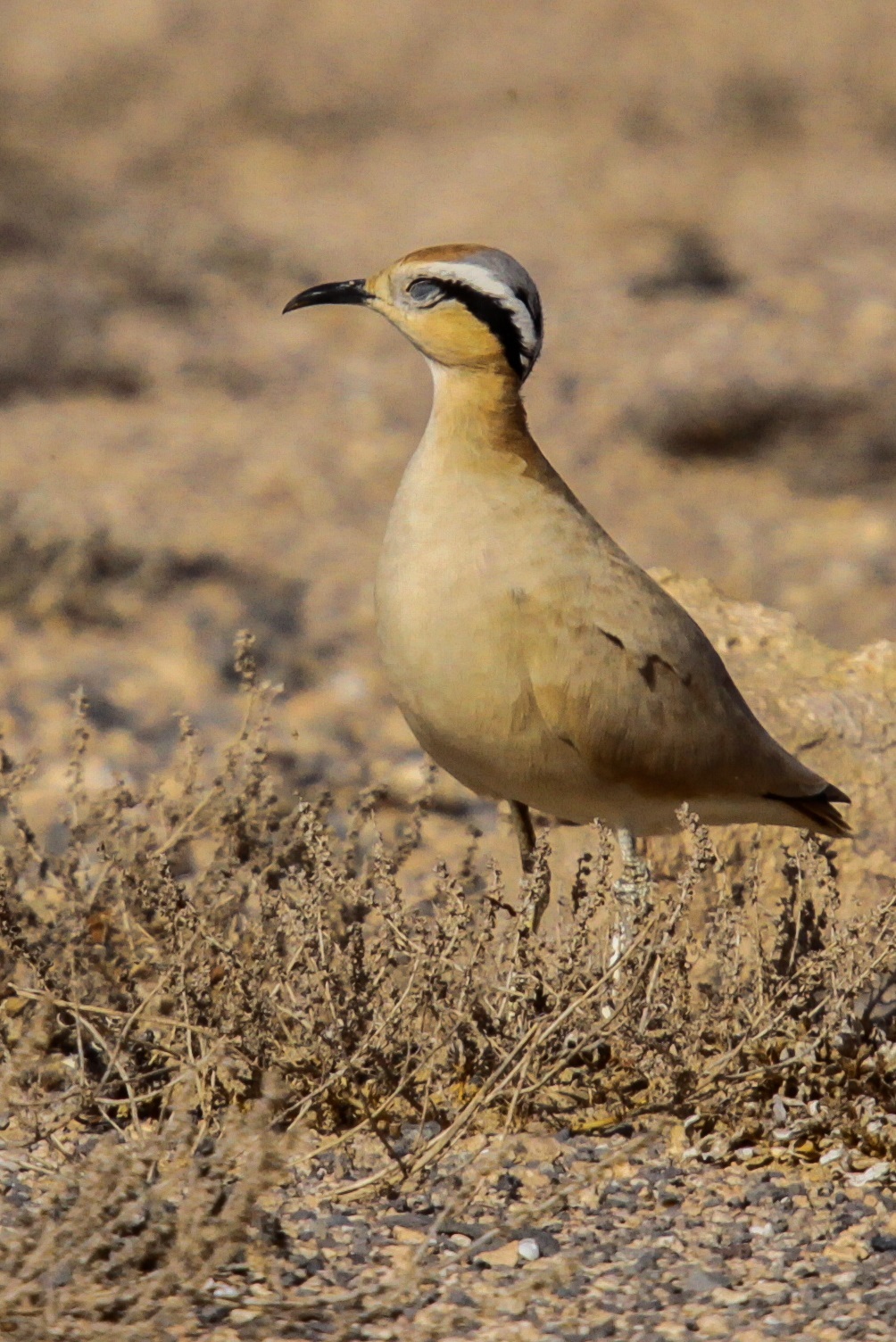
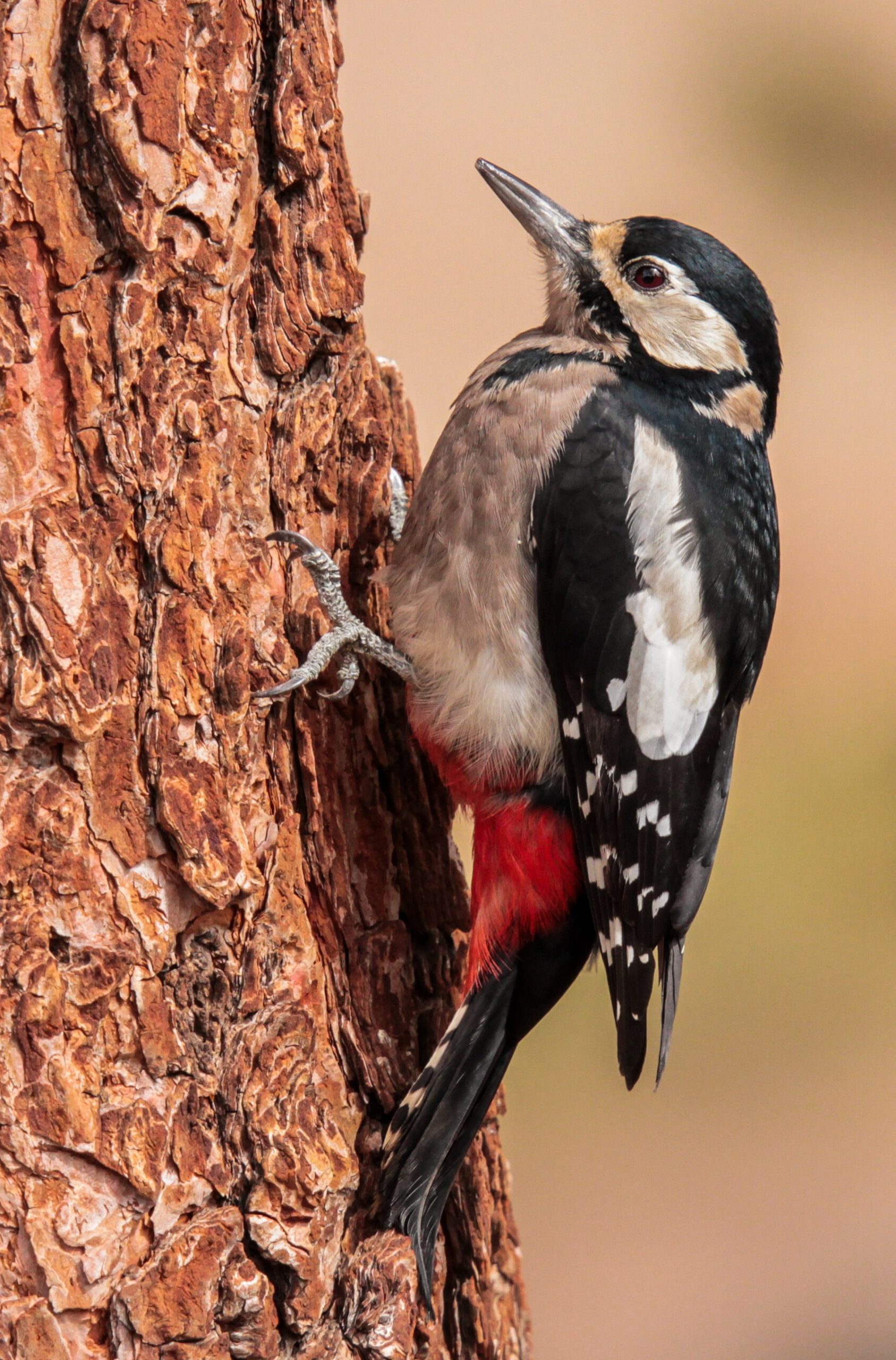
Then, a selection of animals is presented as an example to depict various aspects of the animal body – environment relationship. The choice of animals being presented will alter with time, as increasingly more species will be studied and their stories will be prepared for display. Animal stories that are not presented anymore can still be consulted through our species library.
Data on animal species which were dissected and studied but have not been prepared for display can be acquired from our scientific database (yet to be developed), in the form of fact sheets. For this purpose, the museum will provide a multi-entry search engine, so that information cannot only be accessed through species names or families, but, for example, also habitat, diet, or particular anatomical adaptations.
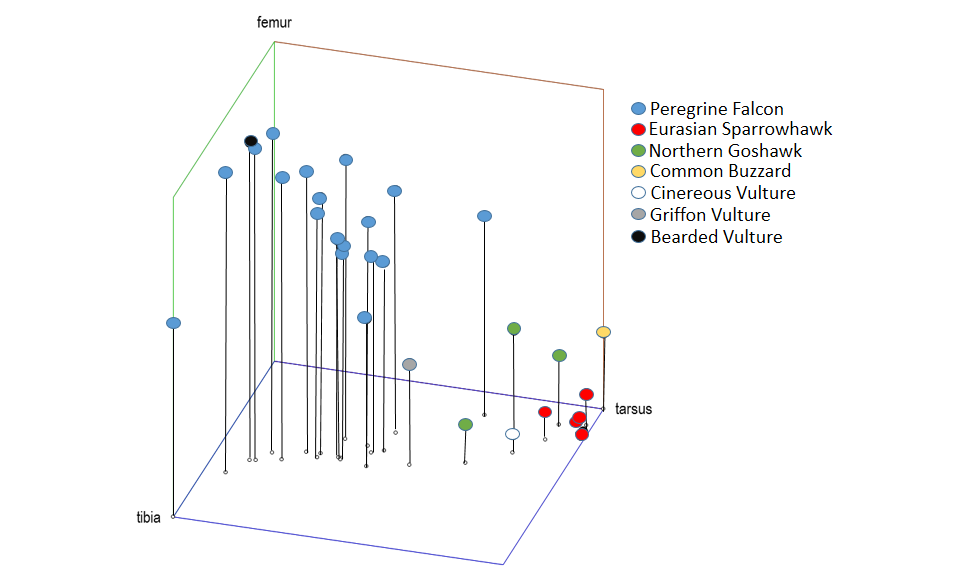
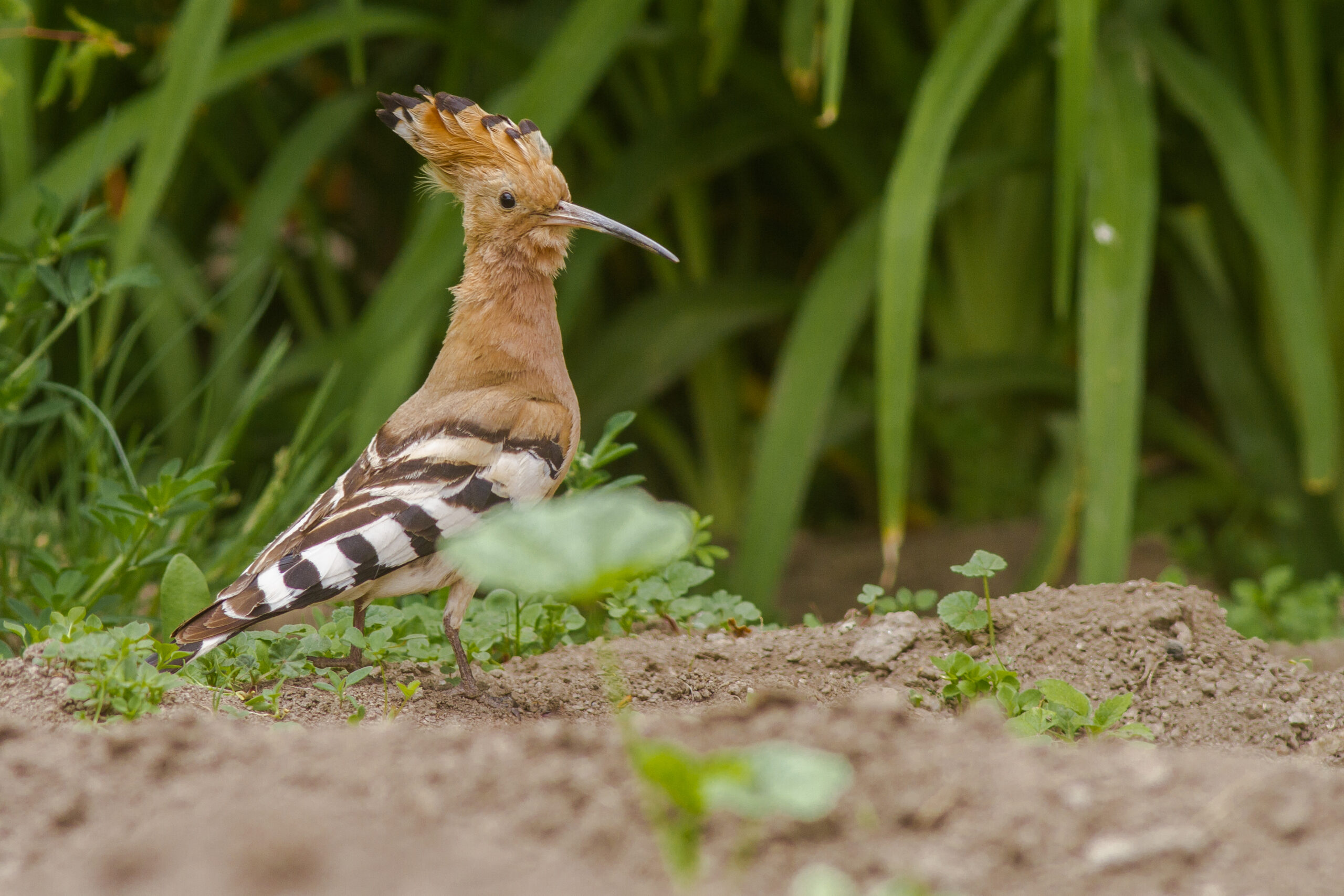
A fourth way to access information is through the museum specials. These are typically cross-cutting themes, which may, for example, be species groups, particular environments, or overviews of particular adaptations. Past specials will remain accessible through our library. All species the museum has on current display are accessible free of charge, and we hope as soon as possible to completely open for free. This is, however, dependent on sponsorship of the museum.
Additions, rarely observed behaviours and other insights which relate to our findings are welcome and could help unravel relationships between anatomies and lifestyles of animals and their environments.
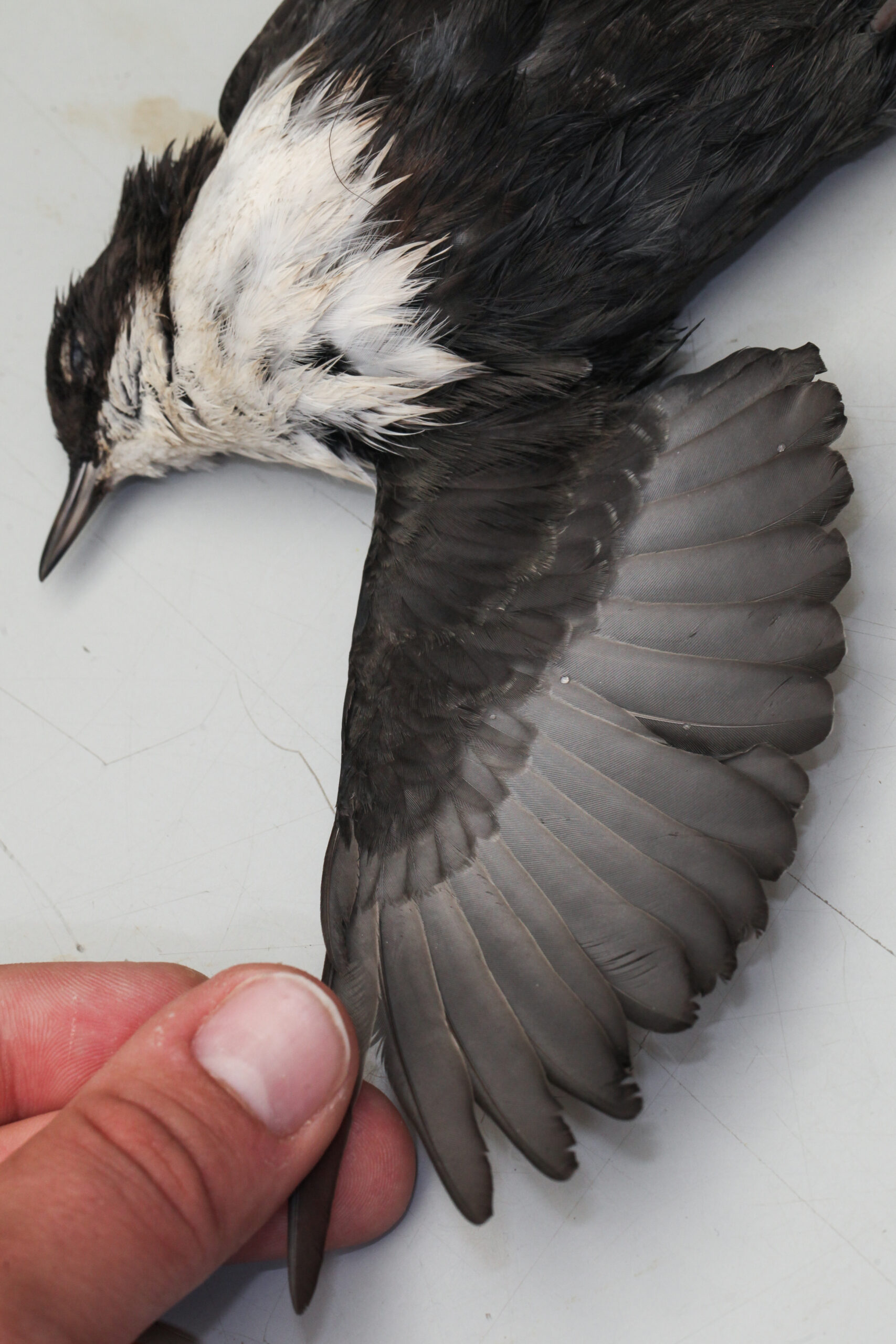
The museum does not pay for specimens, as we oppose the trade in live and dead wild (non-domesticated) animals. However, we are grateful to certified professional taxidermists for opportunities to take measurements and photographs of (rare) specimens prior to animal preparation, or to work through the internal remains later.
All specimens we study and which are and will be presented in the museum are from legitimate sources, and we are careful not to even indirectly support any illegal activities or ethically questionable animal husbandry in case animals were bred and held in captivity.
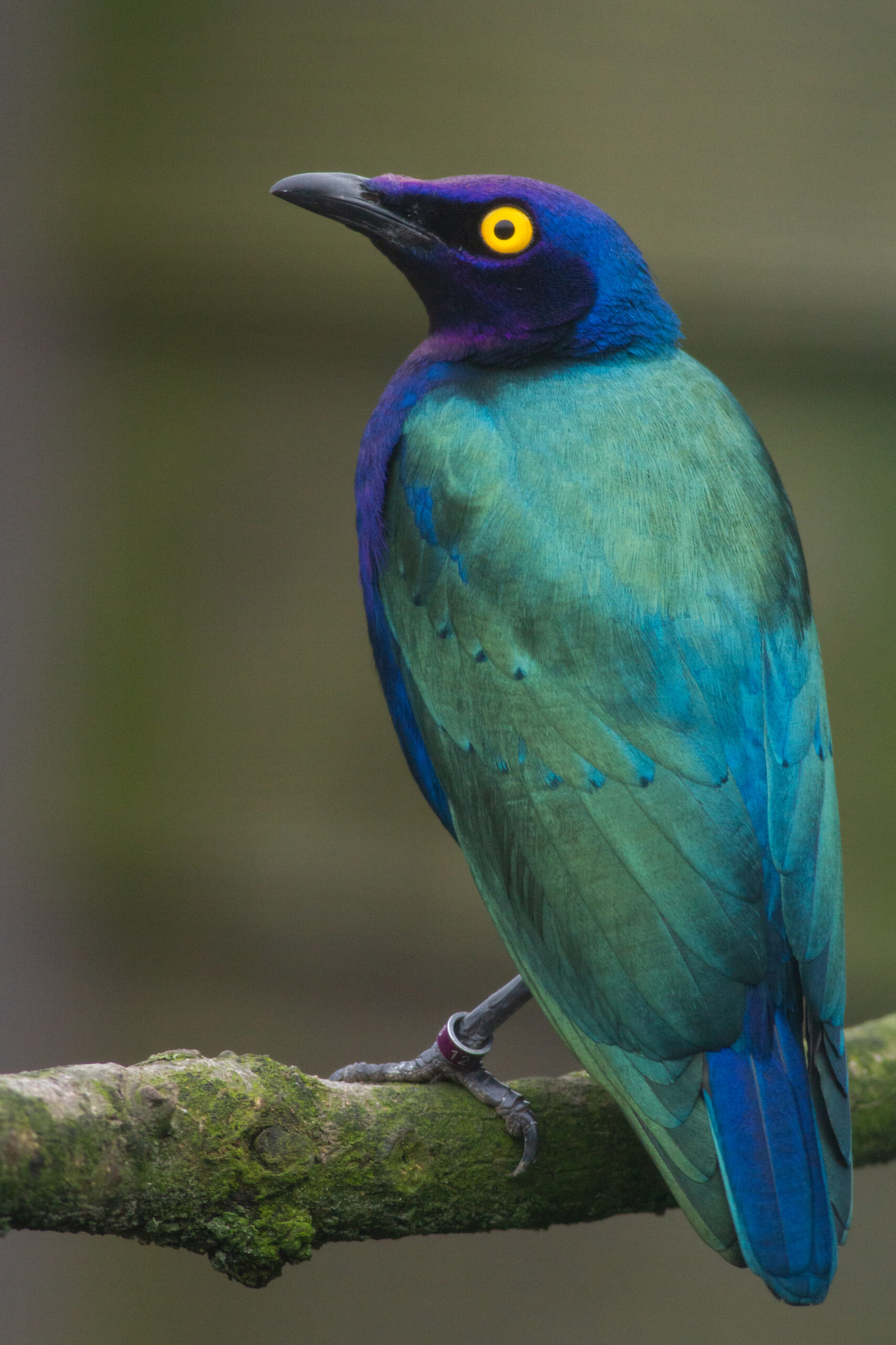
The Zoological Museum Netherlands collaborates with several organisations and for various purposes, from initiatives in sharing animal materials to improving nature conservation or to having access to footage.

